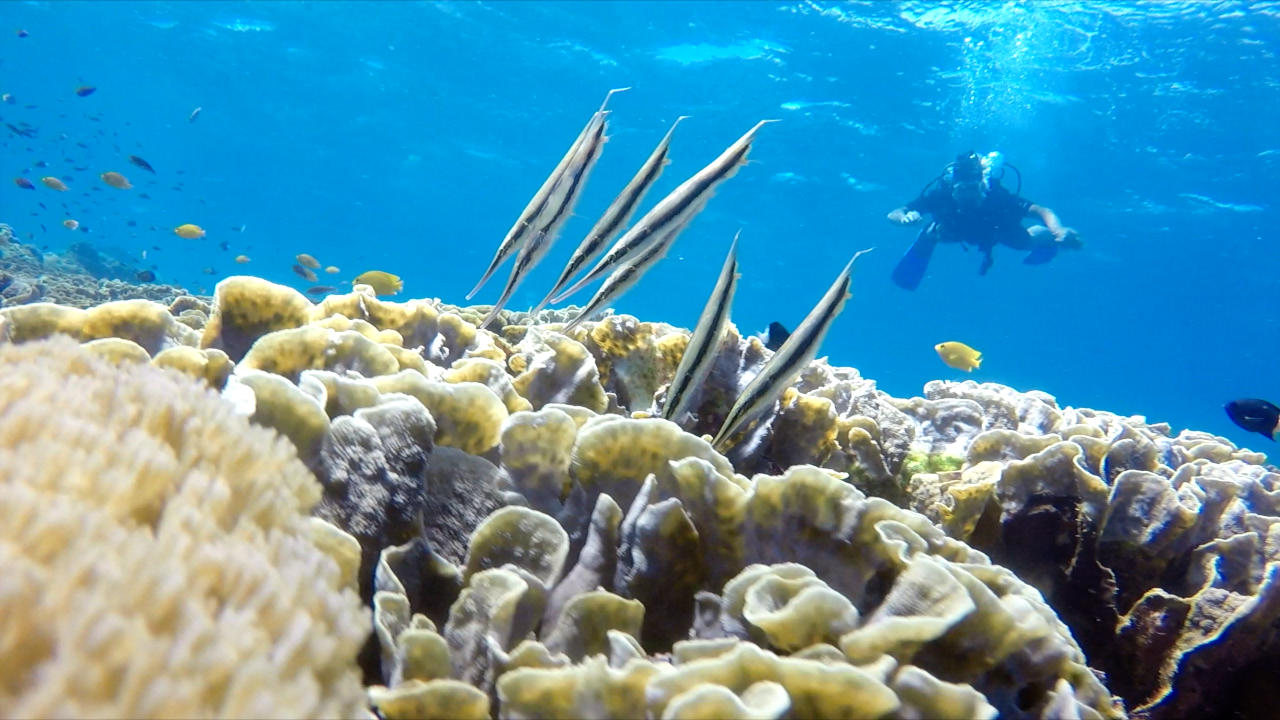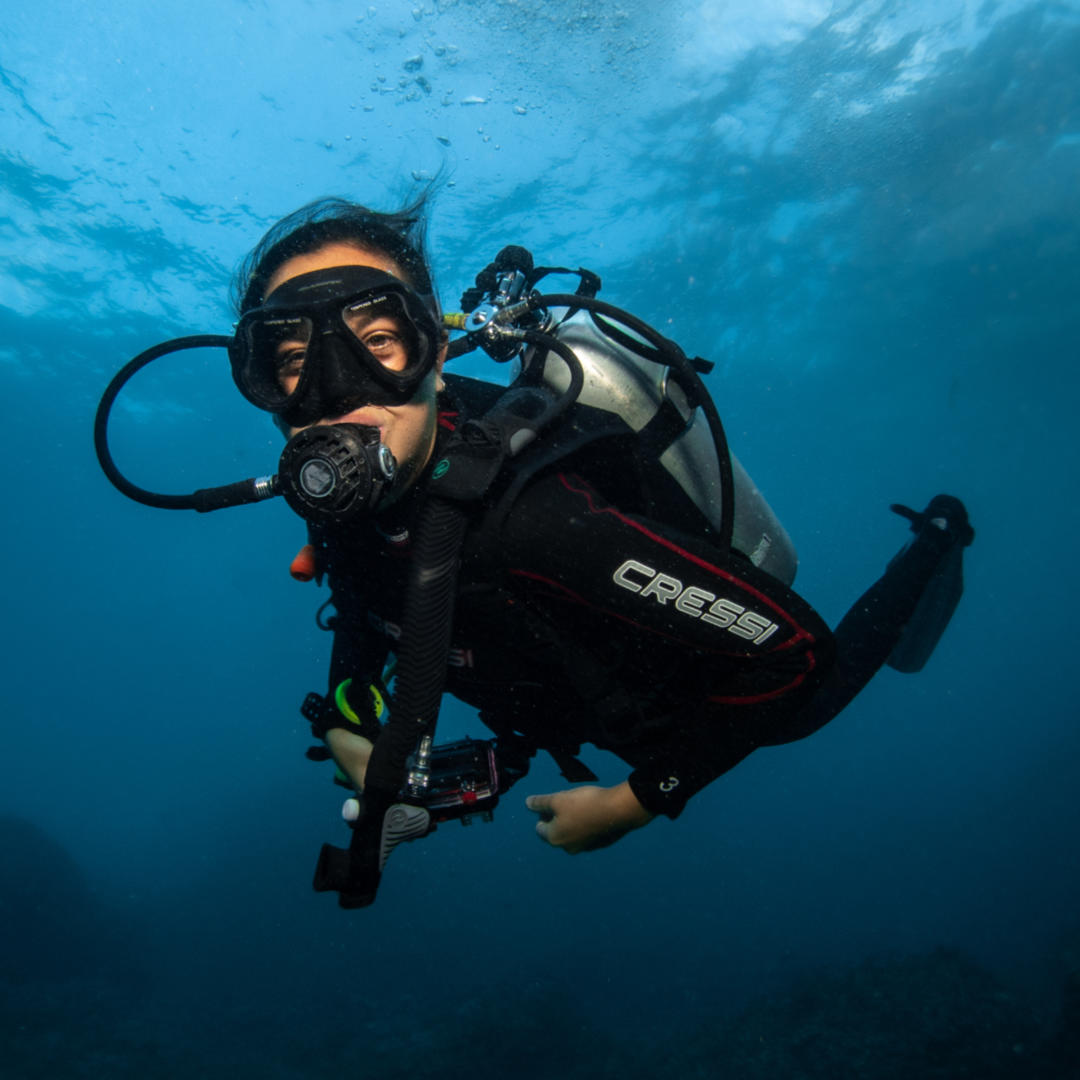We get asked, “What is the difference between SSI and PADI?” a few times over the course of a year. Possibly a better question would be, “What is the difference between all the diving training agencies”?
It’s a reasonable question with, we think, an simple answer. Follow us on a journey through time and training agencies and we’ll give you all the information you could want… possibly. Of course, if you just want the fastest answer then go with, “not really very much”!
But seeing as you’re here already, you may as well let learn a little and even brush up on some pub quiz answers along the way 🙂
So much choice so little time
People like choices, and especially for significant purchases. If you have ever bought, say a car or a laptop, you had a decision to make… Ford or Toyota? Microsoft or Apple? There’s lots of options available and it all comes down to personal choice. This choice may be influenced by style, cost, availability or a host of other factors. But when it comes down to it, all the options will do a similar job. They drive you from A to B or let you surf the Internet reading fascinating articles such as this one!
In fact, as well as SSI and PADI, there’s are a host of other training agencies. You may have heard of BSAC, CMAS, NAUI and SDI to name a few. All of these agencies have one job, to teach you to explore the underwater world safely. Furthermore, all of these organisations follow the rules of the World Recreational Scuba Training Council, WRSTC. It’s the WRSTC who makes the rules and is the governing body who’s objective is to have minimum safety standards in diver training.
So why the difference?
It’s fair to say that originally each of the training agencies started in different countries. In case you didn’t know, in the 1960s the world wasn’t as connected as it is today. Countries had different requirements for training divers and you had little choice in agency. You simply learned to dive with what or who was available… or you didn’t dive.

Keep Calm and Go Diving
Please note that the picture above is not exhaustive and if you have a certification from a different agency, that’s great! Many schools and universities have their own certification which follows the same WRSTC guidelines. We are simply charting the timeline of the biggest recreational diving agencies, so calm down Karen… it’s just interesting stuff!
Recreational diving in Europe
If you lived in the UK in 1953 then BSAC the British Sub Aqua Club would have been your choice of diving agency. Designed with a safety and rescue focus to allow for the colder UK waters, BSAC is still taught regularly around the UK. A nonprofit organisation from the beginning, BSAC claims many famous members such as Arthur C Clarke and the current President of the club Prince William, Duke of Cambridge.
In September 1958, an international congress of diving federations met in Brussels. With representatives from the US, Brazil, France, Belgium, Greece, Germany, and other European countries, it was quite a meeting! The resulting agency formed from the congress was the ‘Confédération Mondiale des Activités Subaquatiques’ or CMAS for short. CMAS share the BSAC ideas of safety and rescue, classroom heavy training,

These razor fish don’t care about your training agency 😉
Recreational diving in the USA
In 1959, NAUI the National Association of Underwater Instructors was founded in Tampa, Florida. Another non-profit organisation, it’s one of the older recognised training agencies and is still operational today.
In 1966, PADI the Professional Association of Dive Instructors was founded by 2 former NAUI instructors. The idea was to teach ‘modular courses’ instead of a single widely used, ’cover everything’ approach. This led to a more immediate in-water experience and followed a holiday diver approach.
In 1970, SSI, Scuba Schools International was founded in Fort Collins, Colorado. It took a similar approach to the immediate “let’s get in the water experience”. Though similar in content to other agencies, SSI Instructors cannot teach privately and are only allowed to teach at SSI Dive centers or accredited clubs. The idea behind this is that the customer can be sure that the instructor has the backing of the center or club. In 2014, SSI was acquired by Mares who in turn is currently owned by Head.
A relative newcomer to the fold, Scuba Diving International, SDI is the sister of the technical diving agency TDI. Formed in 1998 it teaches recreational diving through the lens of experienced technical diving.

Once you are certified, your holidays are changed forever!
Which is the ‘Best’?
Like a lot of things in life, there is no ‘best’… only what suits you. If you are in college in France then you will probably learn CMAS. If you are on holiday in Asia then your choices will mostly be SSI or PADI. Both of the certifications are internationally recognised and excellent ways of starting your diving experience. I’ve heard it said that your enjoyment of a course will be more influenced by your instructor than a manual. Personally, I’m confident this is true. We all have a favorite teacher we remember from school… (thank you Mr Rogers). 🙂
At Siren Diving, we teach courses for both agencies and look forward to helping you take your first underwater steps… Whichever your choice. So the next time someone asks you the differences between PADI and SSI, now you know the answer 🙂
Have you heard the Sirens call?
